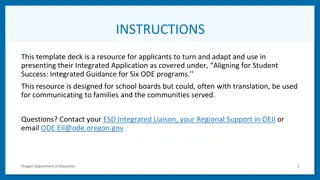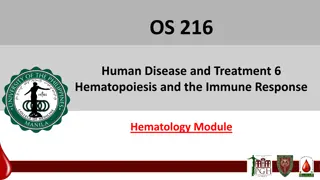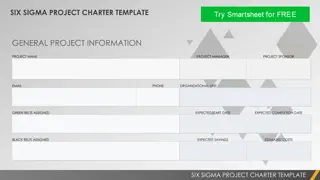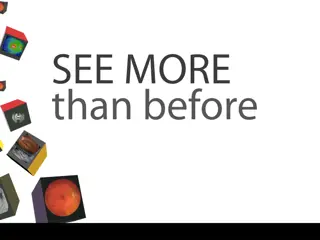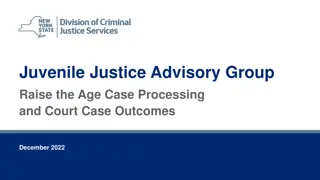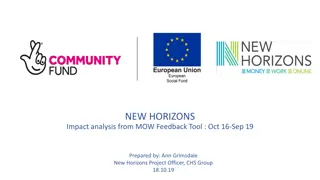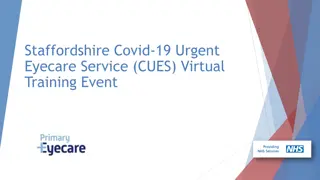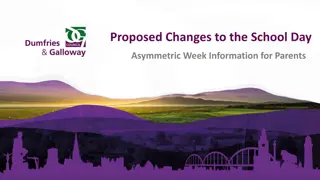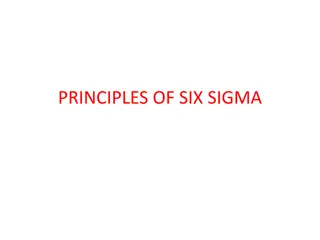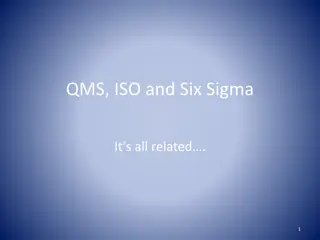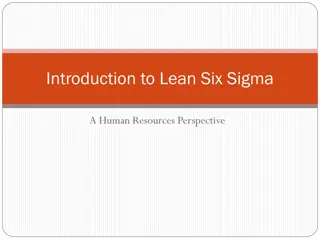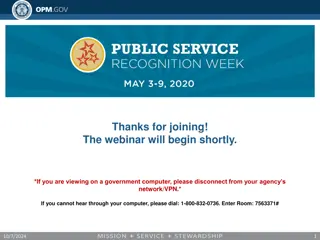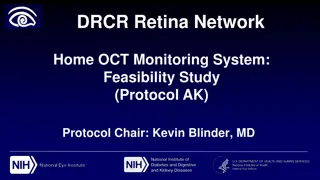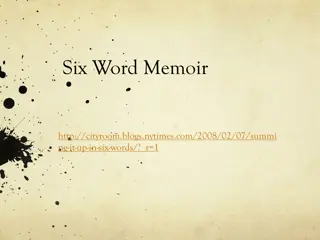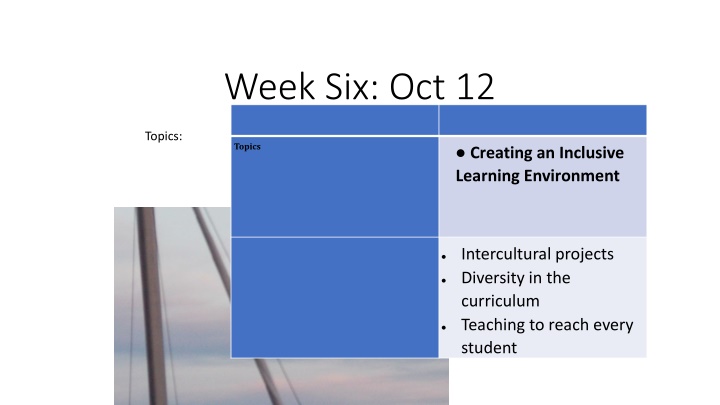
Creating an Inclusive Learning Environment in Intercultural Projects
Enhance your teaching skills and curriculum diversity with insights on creating an inclusive learning environment, intercultural projects, and strategies for students affected by trauma. Explore the impact of resettling refugees and the importance of incorporating diverse perspectives in education.
Download Presentation

Please find below an Image/Link to download the presentation.
The content on the website is provided AS IS for your information and personal use only. It may not be sold, licensed, or shared on other websites without obtaining consent from the author. If you encounter any issues during the download, it is possible that the publisher has removed the file from their server.
You are allowed to download the files provided on this website for personal or commercial use, subject to the condition that they are used lawfully. All files are the property of their respective owners.
The content on the website is provided AS IS for your information and personal use only. It may not be sold, licensed, or shared on other websites without obtaining consent from the author.
E N D
Presentation Transcript
Week Six: Oct 12 Topics: Topics Creating an Inclusive Learning Environment Intercultural projects LLED 360 Dr. Lorna Ramsay Diversity in the curriculum Teaching to reach every student
Sharing Assignment 2 Groups for facilitation one group joins another Share between groups with scenario Attendance Break Assignment One Group Two Presentation and discussion Break Scenario for refugees and trauma strategies Assignment 3 summary outline
Self Evaluation Assignment 2 Clarity and completeness of the description. Sophistication of the critique, which should go beyond simple description. Insightfulness of the connections between the key concepts in the required reading, your own ideas, and other resources related to the topic. Level of engagement and meaningfulness of the interactive class activity. In reflection: Did I make personal connections to the readings or discussion points? What really are important issues to take to Assig 3? Is there more research to do or changes to make for Assignment 3?
https://www.weareteachers.com/10-things-about-childhood-trauma-every-teacher-https://www.weareteachers.com/10-things-about-childhood-trauma-every-teacher- needs-to-know/ Print out: Recognizing trauma https://www.ocde.us/HealthyMinds/Documents/Resource%20Page/Recognizing%20 Trauma%20in%20the%20Classroom.pdf http://journals.sagepub.com.ezproxy.library.ubc.ca/doi/pdf/10.1177/014303431140 0827 Speak the World: Hostel World ..translation App http://www.hostelworldgroup.com/~/media/Files/H/Hostelworld/press- release/Hostelworld%20Introduces%20Speak%20the%20World%20Powered%20by% 20Google%20Cloud%20Translate%20Technology.pdf
Canada resettled 40,081 refugees from Syria alone from November 4, 2015 to January 29, 2017 (#Welcome Refugees, 2017). Families may struggle with social and economic factors in their new country, frequent relocation, and drastic cultural disorientation as well as threats, discrimination, loss of status and alienation (Yau, 1995; Beiser, Simich, Padalangat, Nowakowski & Tian, 2011). Swedish researchers determined that the group most psychologically affected are children between ages 10-12 because events have had the strongest impact on their personality formation (Lindencrona et al, 2007). Dooley, K. (2009). Re-thinking pedagogy for middle-school students with little, no or severely interrupted schooling. English Teaching: Practice and Critique, 5-22.
A task of schooling is to ensure that students acquire a mix of resources adequate to the demands of the literate contexts in which they find themselves. The four resources model (Freebody & Luke, 1990) - code-breaking resources (for example, knowledge of spelling patterns); - resources for participating in textual meanings (for example, vocabulary, grammar); - text use resources (for example, understanding the purpose of a text); - resources for critical textual analysis (for example, being able to identify an author s world view).
I also looked at using things that supplement that [reading program] such as short sentence writing, spelling on a regular basis to address the literacy skills I think is the basis for them and also model, very often in class if there is sentence writing, but me showing the parts, students do one together, then to do it individually give comments as much as they can at individual basis. to write short narrative, what is writing a news report. So to break, to show them these parts, to make it as visual as you can, pointing, cutting, pasting, drawing, you know, all these markers, different colours, and then putting it as a class together . http://edu.gov.on.ca/eng/document/esleldprograms/guide.pdf look at p.61
Your refugee student: Background? Behaviour? Trauma? Language level? Strategies? This Photo by Unknown Author is licensed under CC BY
Oct 19 group 6 Lorna Chapter 9 Oct 26 group 7 Chapter 10 Summary Outline Assig 3 due Nov 2 group 8 Chapter 11 Nov 9 Assignment 3 due
Resources: https://www.edutopia.org/blog/classroom-game- becomes-embedded-assessment-ross-flatt https://www.edutopia.org/blog/new-teachers- how-use-data-inform-instruction-rebecca-alber http://www2.gov.bc.ca/gov/content/education- training/k-12/teach/teaching-tools/english- language-learning
English Bridge Programme https://www.youtube.com/watch?v=yhTaV13376w Listening in an ESL class https://www.youtube.com/watch?v=ghL4IWMfWHI Coelho, E. Website video of Immigrant students Introduction https://www.youtube.com/embed/YCrwUlTo2FE http://www.colorincolorado.org/article/using-informal-assessments- english-language-learners http://www.colorincolorado.org/sites/default/files/oral_0.pdf http://www2.gov.bc.ca/assets/gov/education/kindergarten-to-grade- 12/teach/pdfs/ell/ell-standards-secondary-oral-language.pdf


